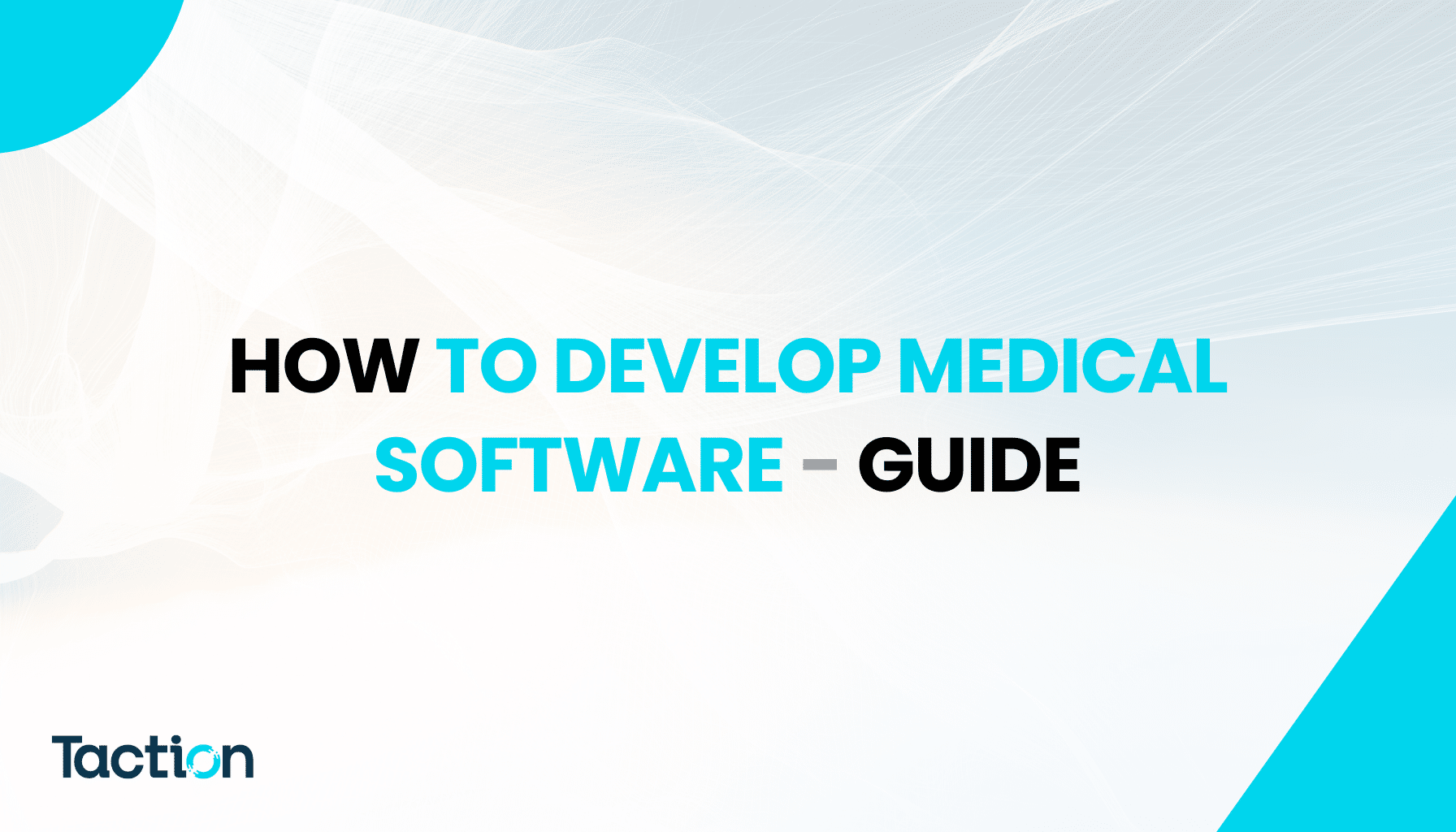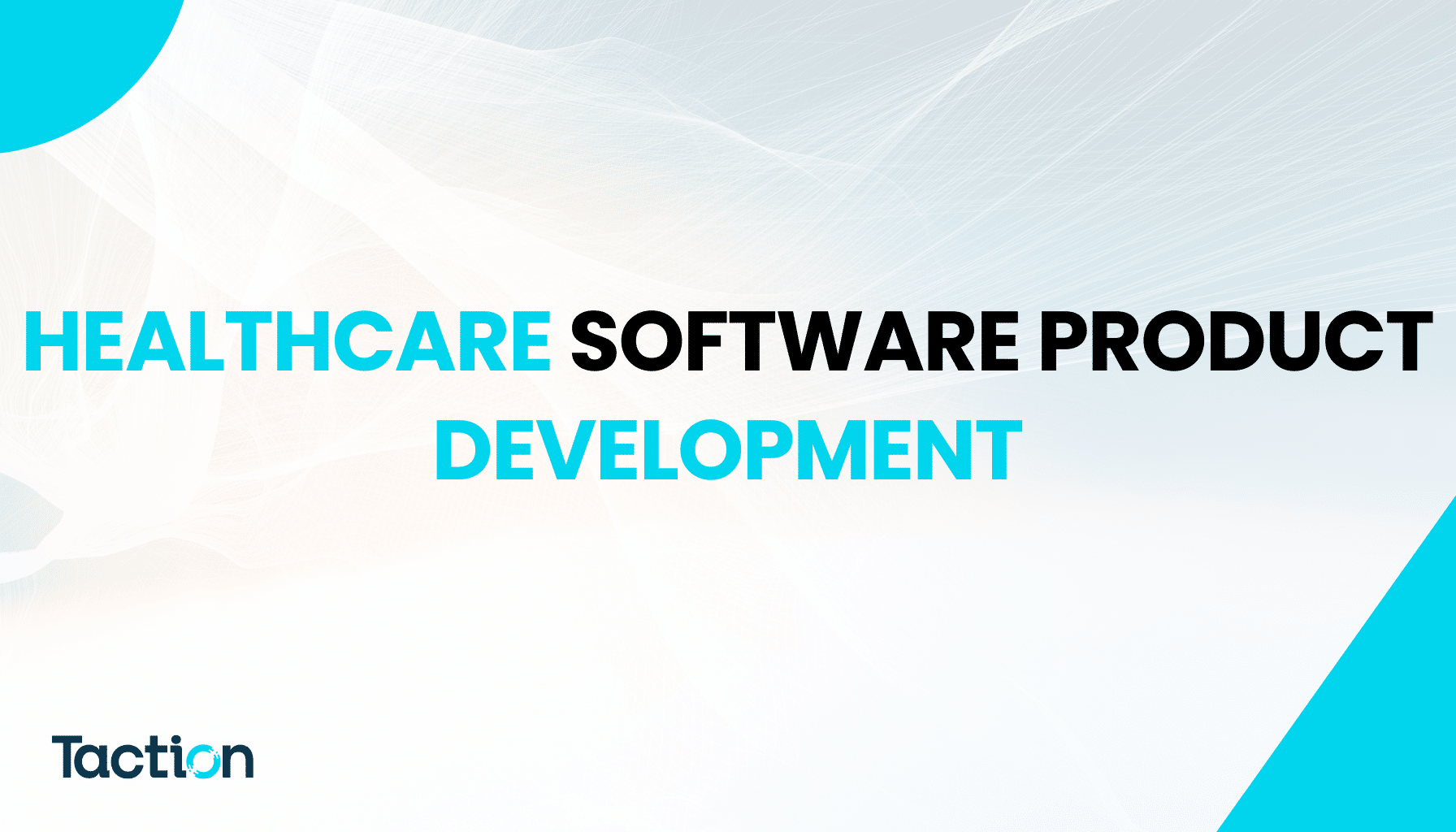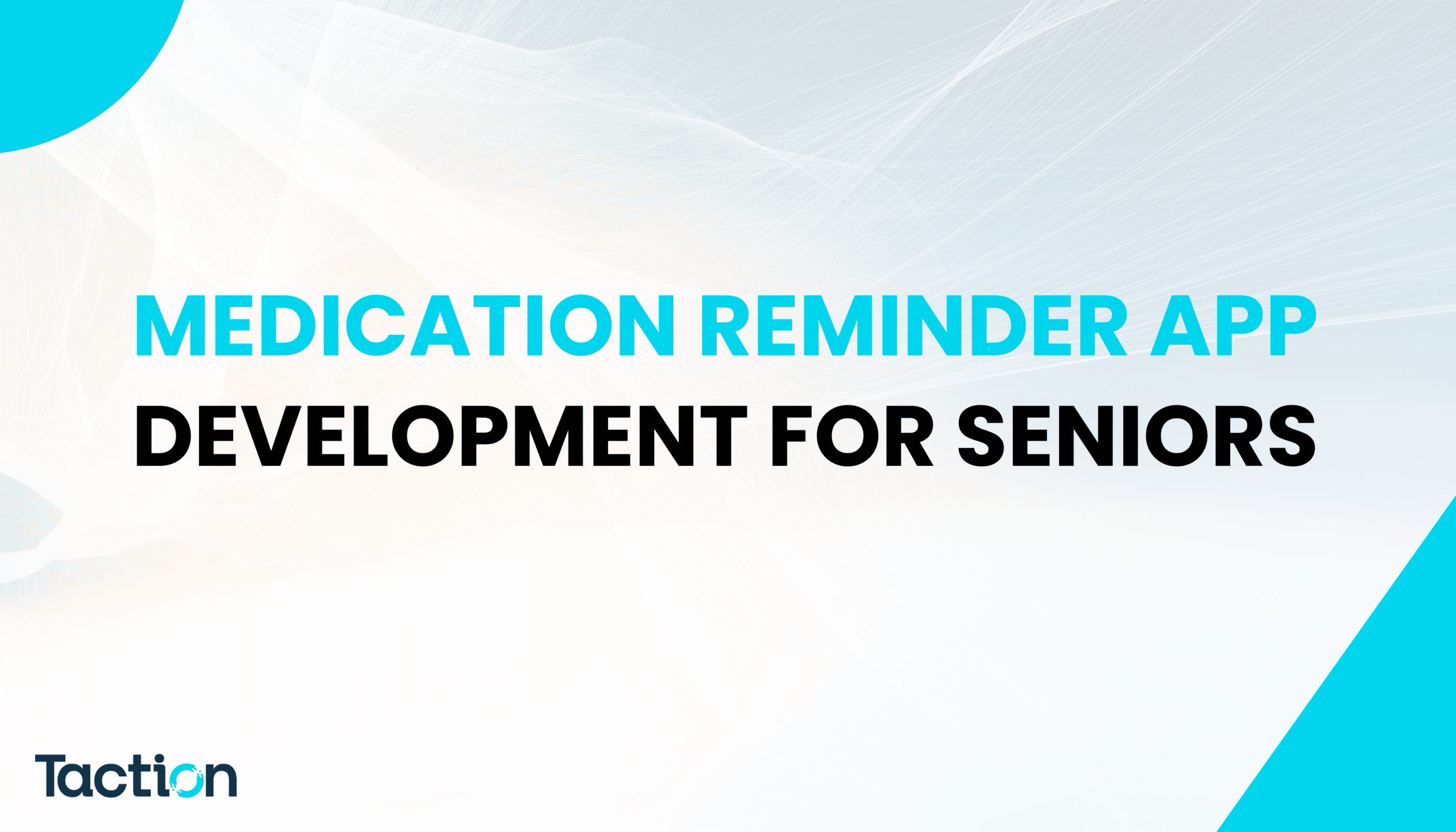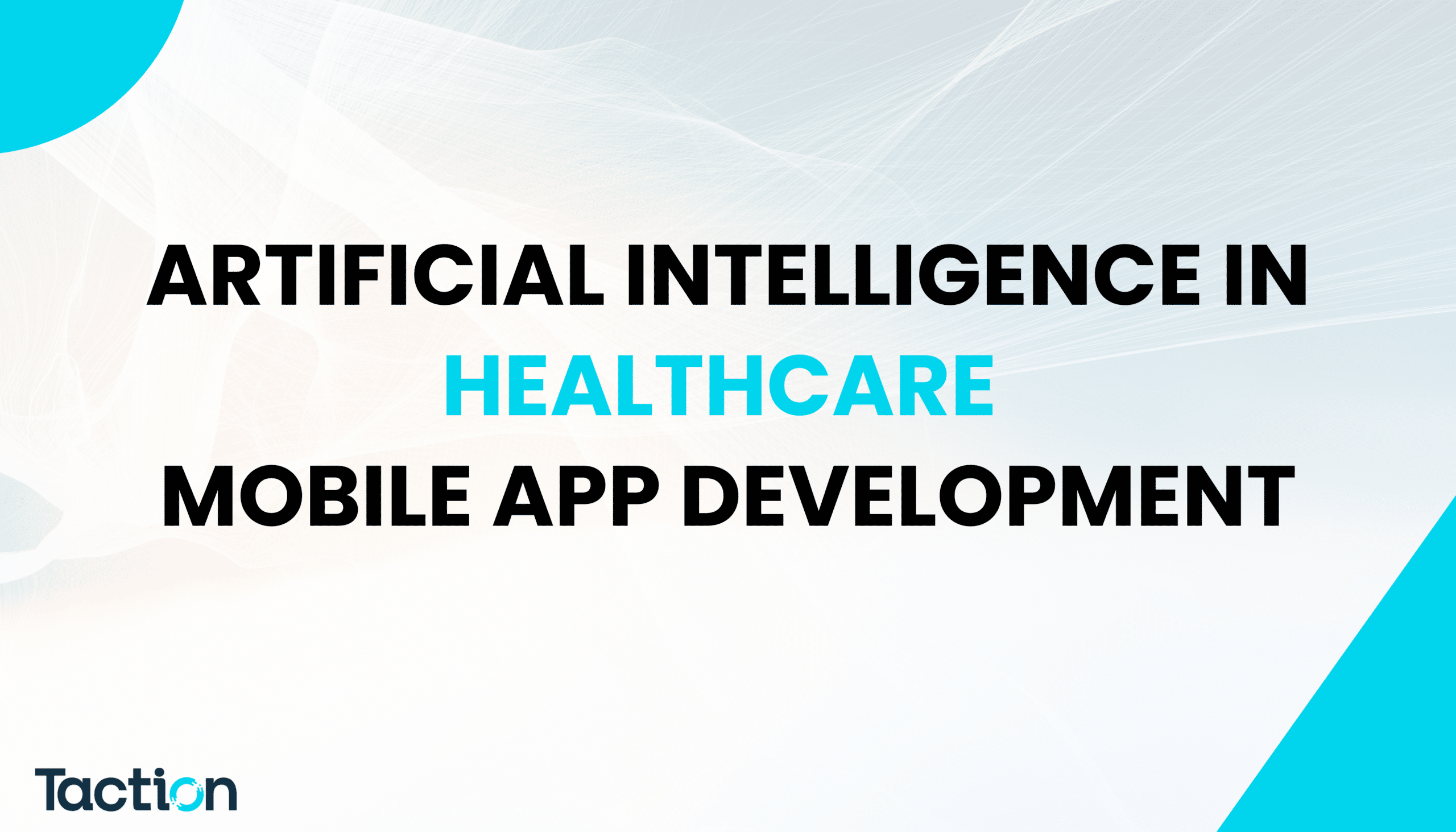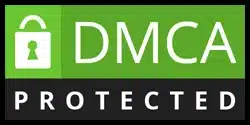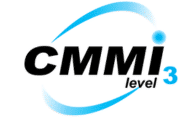Crafted by 20+ Years Experienced US-Based Healthcare IT Experts
In today’s healthcare landscape, medical software is more than just code—it’s the backbone of smarter diagnoses, connected devices, and patient-centric care. At Taction Software, we’ve spent over two decades helping hospitals, startups, and device manufacturers across the US turn complex clinical ideas into intelligent digital solutions. This guide is a clear, step-by-step breakdown of how we approach medical software development—from identifying regulatory needs and user experience goals, to seamlessly integrating with EHRs and medical devices.
Whether you’re building an FDA-compliant diagnostic platform, a remote monitoring app, or embedded software for a Class II medical device, the process requires more than technical talent—it demands deep healthcare knowledge, compliance expertise, and a structured approach rooted in clinical empathy. In this commercial-grade guide, we reveal exactly how our nationwide team of healthcare IT professionals takes your vision and builds it into secure, scalable, and regulation-ready software—built to perform in critical environments.
Let’s walk you through the exact process we follow to develop high-impact healthcare software that’s used by real doctors, patients, and institutions every day across the country. If you’re looking to develop or upgrade your medical software in 2025—this is the only guide you’ll need.
Guide to Blockchain Technology for Secure Healthcare Software Solutions
Start Your Healthcare App with Confidence
Build a secure, HIPAA-ready solution tailored to your clinical needs.
What Is Medical Software Development & Why It’s Different from General Software?
Medical software development is the specialized process of building digital solutions that directly support clinical functions—such as diagnosis, treatment, patient monitoring, or medical data management. Unlike general software, which may prioritize convenience or user engagement, medical software must adhere to strict industry regulations like HIPAA and FDA 510(k) to ensure safety, data privacy, and clinical reliability.
It’s not just about writing code—it’s about creating software that operates in life-critical environments where precision, uptime, and interoperability with medical devices or EHR systems are non-negotiable. Whether it’s integrating with diagnostic tools, wearable health monitors, or hospital systems like Epic and Cerner, medical software must perform flawlessly in real-time scenarios.
The high stakes of healthcare demand a different level of engineering discipline, where even minor bugs can have serious implications. This is why medical software development involves a deeper commitment to risk management, documentation, validation, and long-term support than typical app development.
Our 20+ Years of Experience in Healthcare IT: From Clinics to Cutting-Edge Devices
For over two decades, we’ve been at the forefront of healthcare IT innovation, delivering custom-built solutions for hospitals, private practices, medtech startups, and enterprise healthcare providers across the United States. From implementing EMR systems for rural clinics to developing AI-powered diagnostic tools and remote patient monitoring platforms, our expertise spans the full spectrum of digital health.
With teams strategically located in major US cities, we’ve supported clients in navigating regulatory complexities, integrating with EHRs, and launching FDA-ready software and devices. Whether scaling telehealth platforms or building embedded systems for medical equipment, we bring deep domain knowledge and a track record of real-world success.
Building FHIR-Compliant Healthcare Applications for US Hospitals
Step 1: Discovery and Needs Assessment – Understanding the Clinical Goals
Every successful medical software project begins with deep understanding—not just of the technology, but of the people and problems behind it. In this phase, we immerse ourselves in the clinical environment to identify core challenges, workflow gaps, and compliance requirements that shape the project’s direction.
Aligning with Stakeholders – Doctors, Admins & Compliance Teams
We work directly with physicians, nurses, administrative staff, and compliance officers to gather diverse insights. Through interviews, shadowing sessions, and in-hospital workshops, we ensure that every voice is heard and the final solution truly meets clinical, operational, and regulatory needs.
Translating Clinical Problems into Digital Opportunities
Our team translates complex medical workflows into clear software requirements. Whether it’s optimizing patient intake, reducing diagnostic delays, or ensuring device data flows seamlessly into an EHR, we map out opportunities for digital transformation with measurable clinical outcomes in mind.
Step 2: Regulatory Strategy and Risk Planning – Building with Compliance at Core
Compliance isn’t a checkbox—it’s the foundation of every medical software project we build. From day one, we incorporate regulatory strategy into the planning process to ensure your software meets all necessary legal and clinical standards before it even goes into development.
HIPAA, FDA 510(k), MDR – What We Prepare For
Our regulatory experts guide you through requirements such as HIPAA for patient data privacy, FDA 510(k) clearance for software-as-a-medical-device (SaMD), and MDR for EU compliance if applicable. We help determine if your solution qualifies as a regulated medical device—and map the regulatory path accordingly.
Risk Class Identification and Documentation
We conduct thorough risk assessments to classify the software and document safety measures that align with its intended use. This early step not only protects patients but also streamlines future audits, validation testing, and certification processes—setting your project up for long-term success.
Step 3: Architecture Design – Crafting Scalable and Safe Systems
Once the regulatory foundation is in place, we move to architectural design—a phase where long-term success is engineered into the software. Our goal is to build a medical system that’s not just functional, but scalable, high-performing, and secure enough to handle sensitive patient data in real-time environments.
Choosing the Right Tech Stack for Medical Needs
We evaluate and select technologies based on your specific use case—whether it’s a cloud-native diagnostic platform, a real-time patient monitoring system, or embedded software for a medical device. From HIPAA-compliant cloud infrastructure to secure backend frameworks, every component is chosen for its performance, reliability, and future scalability.
Planning for Interoperability with HL7, FHIR, and EHRs
Seamless communication with health systems is critical. We architect solutions that are interoperable by design, using standards like HL7, FHIR, and CDA to ensure smooth data exchange with EHRs such as Epic, Cerner, or eClinicalWorks. This ensures your system fits seamlessly into existing hospital workflows without disruption.
Step 4: UI/UX for Medical Software – Designing for Doctors and Patients
In healthcare, great design isn’t just about aesthetics—it’s about clarity, speed, and trust. Medical software interfaces must work effortlessly across diverse user groups, from busy physicians and nurses to elderly patients accessing care remotely. Our design process focuses on creating intuitive, accessible experiences that support clinical decision-making without friction.
Accessibility, Simplicity, and Compliance in Design
We follow accessibility best practices to support users with visual, motor, or cognitive limitations. Interfaces are simplified to reduce cognitive load in high-pressure settings, with clear fonts, contrast, and responsive layouts that adapt to desktops, tablets, and even low-spec clinical devices. Every screen is built with compliance in mind, ensuring secure data display and user flows that support HIPAA-aligned interactions.
Step 5: Prototyping & Clinical Feedback Loop
Before writing a single line of production code, we create interactive prototypes that bring your vision to life. These early models allow us to simulate real-world workflows, test critical functionalities, and gather meaningful feedback directly from medical professionals who will actually use the system.
Early Validation from Medical Professionals
We involve doctors, nurses, technicians, and administrators in hands-on testing sessions—inside clinics, hospitals, and virtual care environments. Their insights help us fine-tune interface logic, eliminate friction, and ensure that every feature aligns with real clinical needs. This continuous feedback loop bridges the gap between development and day-to-day healthcare operations, leading to safer, smarter software.
Step 6: Agile Development – Modular, Secure, and Transparent
We follow an agile development methodology tailored for the healthcare domain—where flexibility, traceability, and compliance are essential. Instead of waiting for a “big launch,” we break the project into smaller, manageable modules, each delivering functional value and validated with stakeholders before moving forward.
Working in Iterations, Involving Clients & Clinicians
Each sprint cycle is focused, time-boxed, and outcome-driven. We continuously involve clients, physicians, nurses, and IT staff to review features in real time, provide input, and identify refinements early. This collaborative approach not only speeds up delivery but also ensures the software evolves in sync with clinical expectations and regulatory shifts.
By embracing transparency and feedback at every step, we reduce the risk of rework, strengthen usability, and build software that’s ready for real-world adoption—on time and with confidence.
Step 7: Integration with Devices, EHRs & Health Systems
True medical software doesn’t operate in isolation—it thrives within a connected ecosystem. Our integration strategies ensure your software communicates effortlessly with medical devices, EHR systems, and third-party health platforms, delivering real-time data and uninterrupted workflows.
Syncing with Devices like Wearables, Monitors, and Imaging Equipment
We enable bi-directional data flow with diagnostic devices, wearable trackers, vitals monitors, and imaging systems using secure protocols and custom APIs. Whether it’s syncing heart rate data from a wearable or importing lab results from connected equipment, we make sure device integration is smooth, stable, and fully HIPAA-compliant.
Seamless EHR Integration – Cerner, Epic, Athena, etc.
Our team has deep experience integrating with leading EHR platforms including Cerner, Epic, Athenahealth, eClinicalWorks, and Allscripts. Using HL7, FHIR, and custom adapters, we ensure that your solution fits naturally into clinical workflows, enabling clinicians to access and update patient data without switching systems.
Step 8: Testing, Validation & Quality Assurance – No Room for Error
In healthcare, reliability is non-negotiable. That’s why we conduct rigorous testing and validation to ensure your software performs flawlessly under real-world clinical conditions. From functionality to scalability and security, every component is stress-tested to meet the highest quality standards before release.
Security, Performance, and Clinical Test Scenarios
Our QA process includes penetration testing to safeguard PHI, performance testing under peak loads, and scenario-based clinical testing that mirrors real hospital and home-care use cases. We simulate edge cases like device disconnects, concurrent users, or emergency access—all while maintaining compliance with HIPAA, OWASP, and industry-specific protocols.
Every bug caught here is one prevented in production—ensuring your software is not only ready to deploy but ready to save lives.
Step 9: Regulatory Documentation & Submission Support
Preparing medical software for regulatory approval requires meticulous documentation and a deep understanding of submission protocols. We support our clients through every phase of this process—from compiling technical files to drafting FDA submission packages.
Our team assists with creating validation protocols, risk management reports, user manuals, cybersecurity checklists, and audit-ready documentation tailored to your software’s classification. Whether you’re pursuing FDA 510(k) clearance or preparing for a clinical audit, we make sure your submission is thorough, accurate, and aligned with the latest regulatory expectations—so you can move forward with confidence.
Step 10: Deployment & Support – Going Live with Confidence
Launching medical software into a clinical environment demands more than just pushing code—it requires accuracy, coordination, and deep domain understanding. We oversee every aspect of the deployment process to ensure a smooth, disruption-free transition—from final validation to full-scale rollout across devices or care locations.
Training, Rollout & Change Management
We equip your clinical teams—physicians, nurses, administrators—with the training they need to confidently adopt the software from day one. Our tailored change management approach minimizes resistance, supports fast onboarding, and ensures that workflows remain uninterrupted. Whether launching in a private practice or a multi-site hospital network, our post-launch support remains hands-on—addressing issues, collecting feedback, and fine-tuning performance to keep your operations running at full capacity.
Step 11: Post-Launch Monitoring, Upgrades & Long-Term Partnership
Our relationship doesn’t end at go-live—it evolves. We stay actively involved through continuous monitoring, performance audits, and regular updates to ensure your software remains secure, stable, and compliant as clinical needs and regulatory landscapes change.
We provide long-term support that includes feature enhancements, integration upgrades, compliance adjustments, and user-driven refinements. Whether adapting to new HIPAA updates, scaling for more users, or integrating with emerging devices, we act as your long-term technology partner—committed to helping your medical software grow, improve, and deliver sustained value.
Why Top Healthcare Innovators Across the US Choose Our Team
From coast to coast, leading healthcare providers, medtech startups, and research institutions trust our team to bring their software visions to life. With experts strategically distributed across major US cities, we offer localized insight, cross-time-zone collaboration, and a deep understanding of regional healthcare ecosystems.
Our portfolio includes everything from enterprise-grade EHR systems to AI-driven diagnostic tools and connected medical devices. What sets us apart is our ability to blend clinical knowledge, regulatory expertise, and agile development under one roof—ensuring speed, quality, and alignment with real-world healthcare needs.
For over 20 years, our team has consistently delivered scalable, compliant, and impactful medical software—earning the trust of innovators nationwide.
Schedule Your Free Product Audit
et our experts evaluate your medical software for performance and compliance.
Let’s Build Something That Saves Lives – Start Your Journey Today
If you’re ready to turn your idea into a secure, compliant, and life-saving medical software solution, we’re here to help. Whether you need a product audit, regulatory consultation, or full-cycle development support—our expert team is just a call away.
Let’s create something powerful together. Book a free consultation today and take the first step toward building software that truly makes a difference in healthcare.

